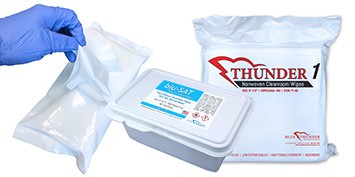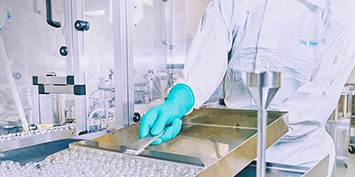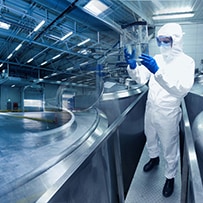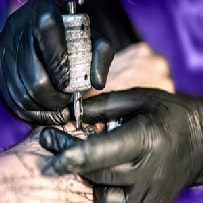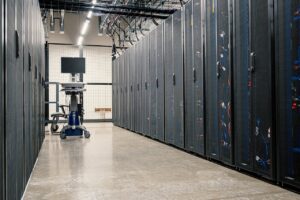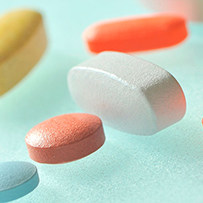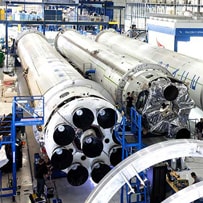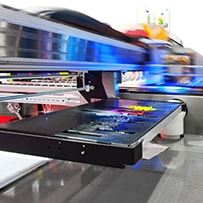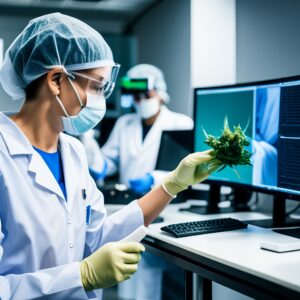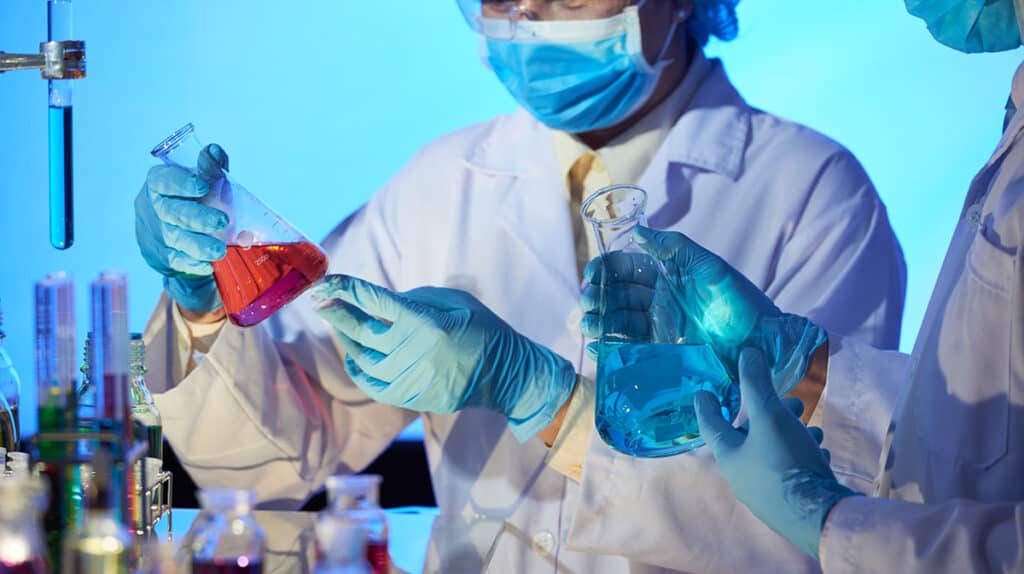When it comes to higher-educational research labs, controlling contamination and reducing risk are of paramount importance. Since university labs play a critical role in the advancement of science and technology, maintaining their integrity is not just about following protocol; it’s about ensuring accurate results, maintaining safety, and preventing any potential hazards.
Hazards within educational research labs, especially when dealing with chemicals, biological materials, or other dangerous substances make it crucial for these environments to adhere to strict contamination control measures and industry guidelines to ensure the safety of all users.
Let’s dive into some key aspects that can help in achieving these goals.
Educational Research Lab Safety Tips:
- Develop a Contamination Control Plan: A comprehensive plan can help identify potential sources of contamination and devise strategies to mitigate them. This could include regular cleaning schedules, specific protocols for handling materials, and contingency plans for any unexpected incidents.
- Recognize your Potential for Hazards: Whether it’s chemical spills or biohazardous waste, understanding the risks associated with your lab work is the first step towards mitigating them.
- Use of Proper Personal Protective Equipment (PPE): Lab coats, gloves, goggles, and appropriate footwear are essential to protect users from potential hazards. Clothing that leaves significant areas of skin exposed, such as shorts or sandals, should not be allowed.
- Stay Organized: An organized lab reduces the chances of errors, mix-ups, and contamination. This includes proper labeling, systematic arrangement of equipment, and maintaining an up-to-date inventory.
- Designing Safe Labs: The Stanford Laboratory Standard & Design Guide is an excellent resource that provides detailed guidelines on designing safe and efficient lab spaces. It includes specifications on ventilation, lab layout, and safety equipment.
- Understanding Safety Data Sheets (SDS): SDS provide crucial information about the properties, potential hazards, and safe handling procedures of chemicals used in the lab. Understanding and following these sheets can greatly enhance lab safety.
- Good Housekeeping Practices: A clean and organized lab reduces the risk of accidents and contamination. This includes regular cleaning schedules, proper waste disposal, and systematic arrangement of equipment.
- Training and Supervision: All lab users should receive adequate training on lab safety procedures and emergency response. Supervision by experienced staff is also important, especially for inexperienced students.
Top Products to Reduce Risk and Improve Safety In Cleanroom Labs
Common cleanroom supplies used within educational research labs play a crucial role in reducing risk and improving safety. Here is a list of such supplies and how they contribute to maintaining a safe and contamination-free environment:
Cleanroom Wipers
Purpose: Cleanroom wipers are designed to effectively capture and retain particles.
Contribution to Safety: Regular use of cleanroom wipers helps maintain cleanliness, reducing the risk of contamination in controlled environments. This is particularly important when handling sensitive equipment and materials.
Sticky Mats
Purpose: Sticky mats are placed at the entrance of cleanroom areas to trap dirt and particles from footwear.
Contribution to Safety: By preventing outside contaminants from entering the cleanroom, sticky mats contribute to a controlled and clean environment. This helps in reducing the risk of external pollutants affecting research activities.
Cleanroom Swabs
Purpose: Cleanroom swabs are designed for precision cleaning of small and delicate surfaces.
Contribution to Safety: These swabs enable targeted cleaning in areas that are challenging to reach with other cleaning tools. This precision cleaning helps in minimizing the risk of contamination in critical research processes.
Gloves and Garments
Purpose: Gloves and cleanroom garments, including lab coats, are essential personal protective equipment (PPE).
Contribution to Safety: Wearing appropriate gloves and garments helps protect individuals from chemical exposure and prevents contamination from skin contact. This is crucial in handling hazardous materials safely.
Air Shower Systems
Purpose: Air shower systems use high-velocity air to remove particles from personnel before entering cleanroom areas.
Contribution to Safety: By removing contaminants from clothing and personnel, air shower systems enhance the cleanliness of individuals entering cleanroom spaces, reducing the risk of introducing pollutants.
HEPA Filters and HVAC Systems
Purpose: High-Efficiency Particulate Air (HEPA) filters and specialized HVAC systems are designed to maintain clean air quality.
Contribution to Safety: These systems help in controlling airborne particles and maintaining a clean and controlled atmosphere within the lab. This is essential for preventing contamination in sensitive experiments.
Cleanroom Chairs and Furniture
Purpose: Cleanroom-compatible chairs and furniture are designed with minimal particle generation.
Contribution to Safety: Using furniture specifically designed for cleanroom environments reduces the risk of introducing contaminants from seating and surfaces. This is important in maintaining the overall cleanliness of the lab.
Cleanroom Bags and Containers
Purpose: Cleanroom bags and containers are made from materials that minimize particle shedding.
Contribution to Safety: When storing and transporting sensitive materials, the use of cleanroom bags and containers minimizes the risk of introducing contaminants. This is crucial for preserving the integrity of research samples and equipment.
[ux_products style=”normal” show_cat=”0″ show_rating=”0″ show_price=”0″ show_add_to_cart=”0″ show_quick_view=”0″ equalize_box=”true” cat=”644″ products=”4″ orderby=”title” image_height=”100%” visibility=”hidden”]Conclusion
In conclusion, controlling contamination and reducing risk in educational research labs is a multifaceted process that involves careful planning, the use of appropriate protective equipment, and the implementation of stringent cleanliness protocols. By following these steps, we can ensure a safe and productive environment for all lab users.
